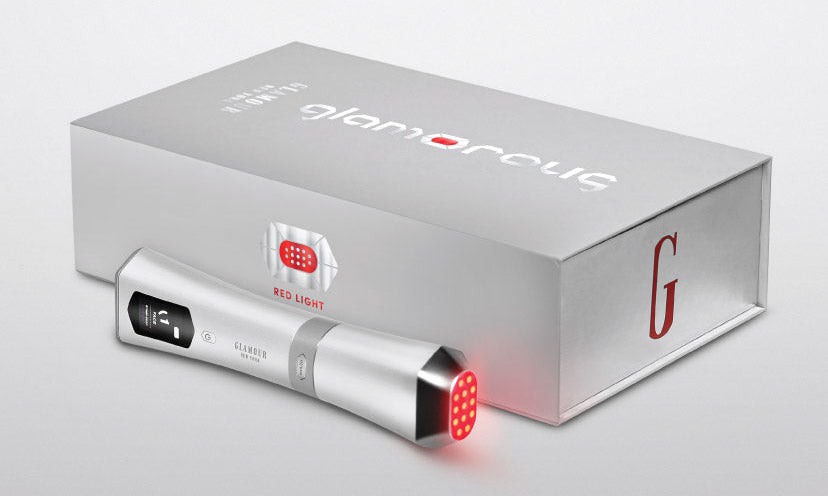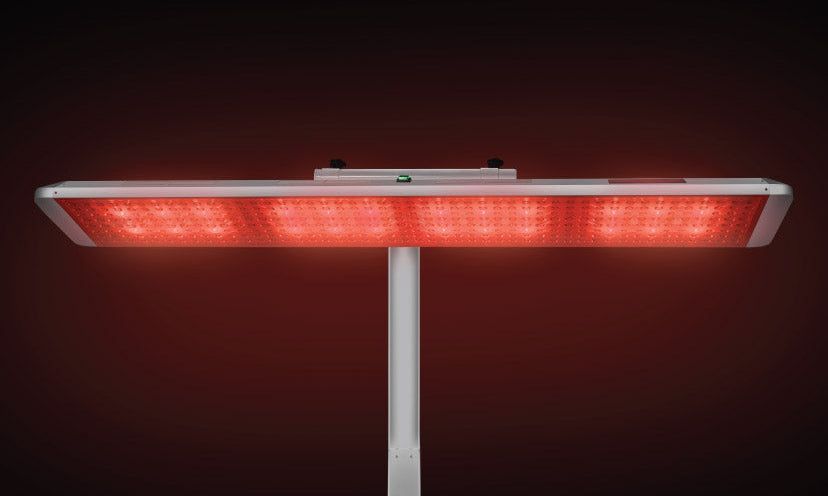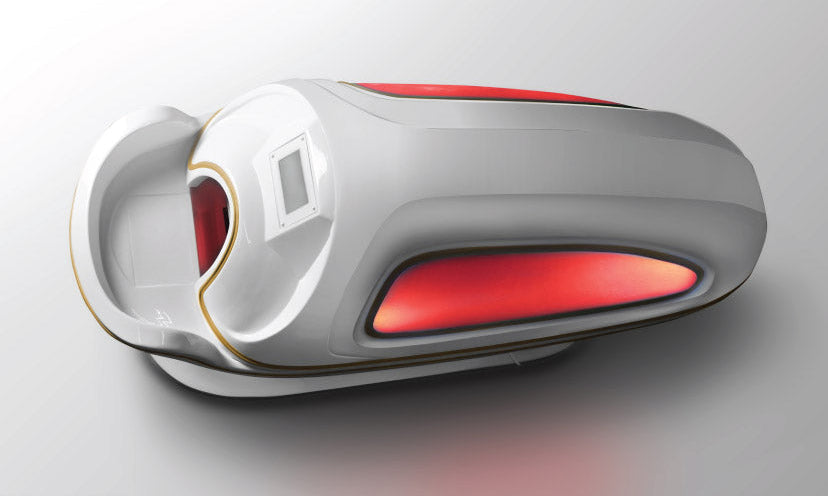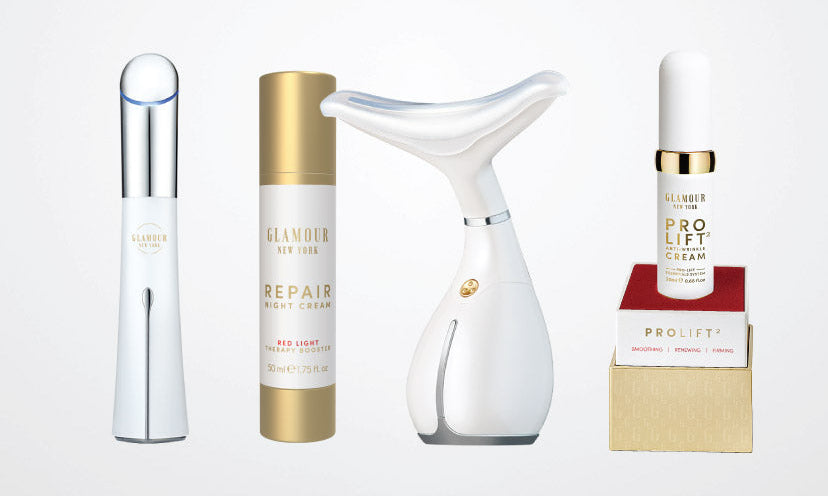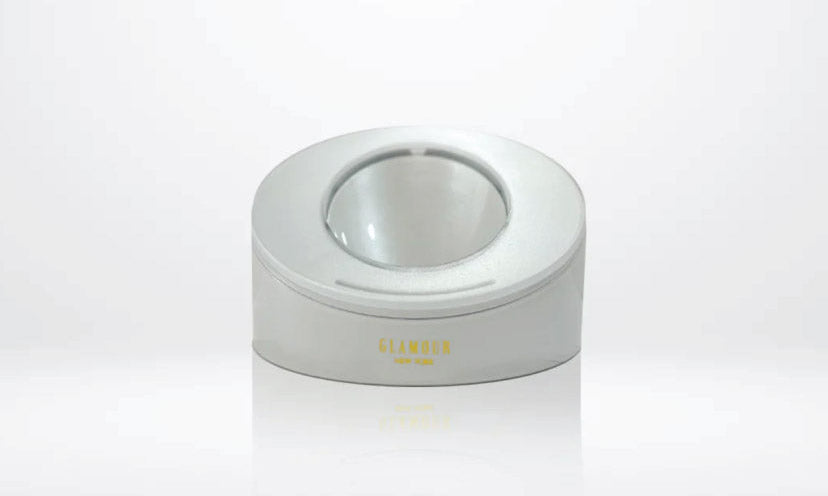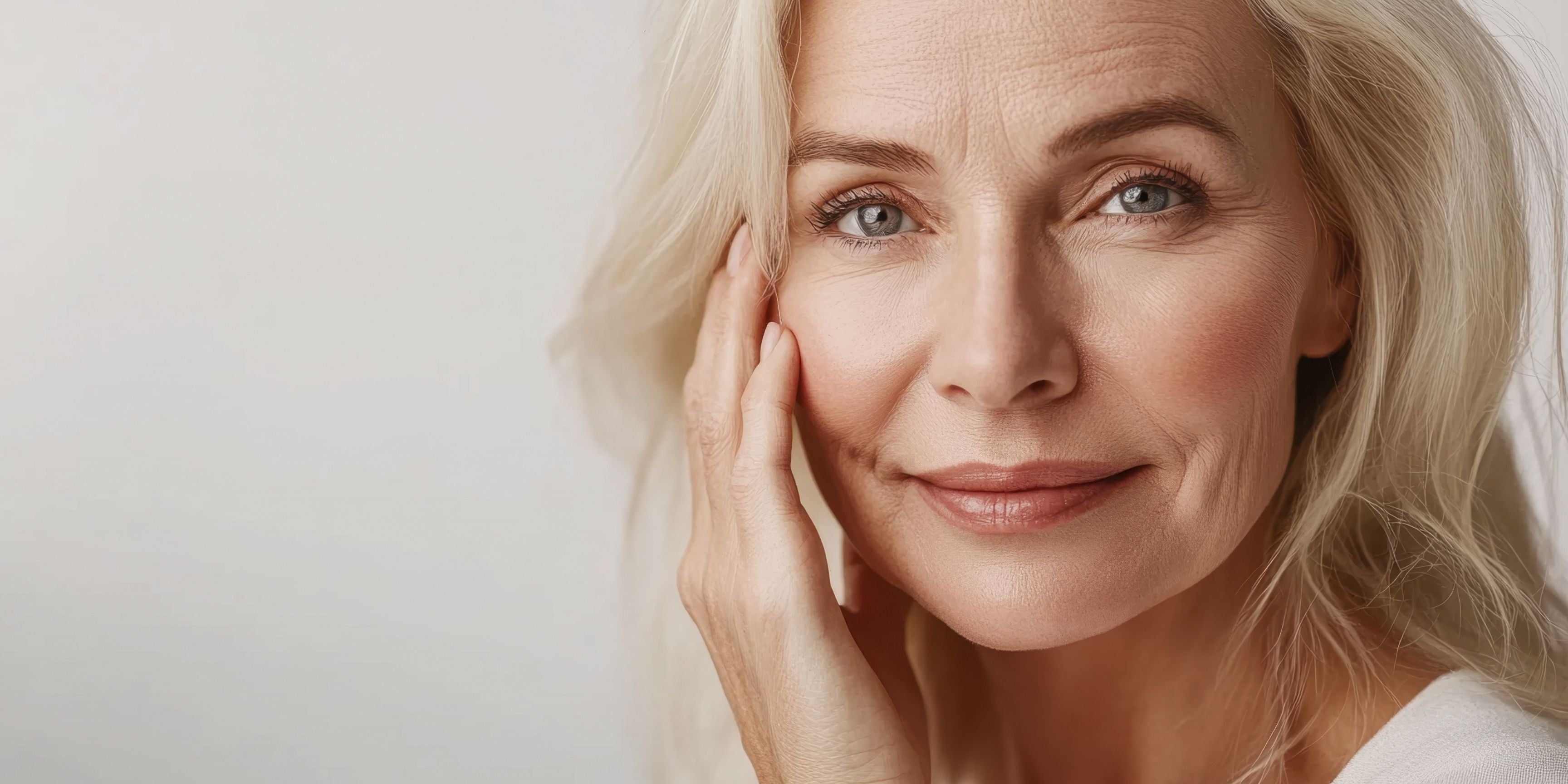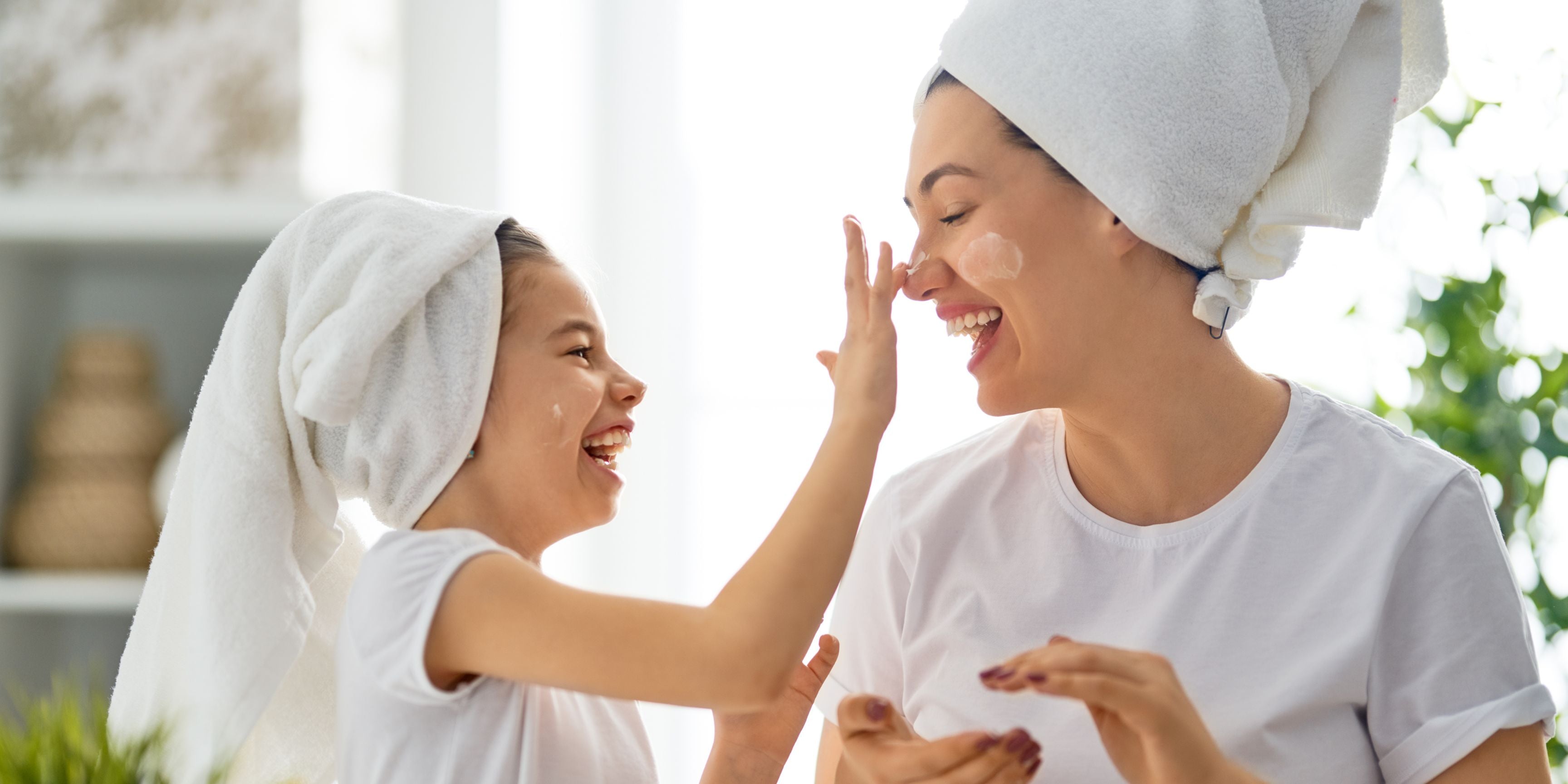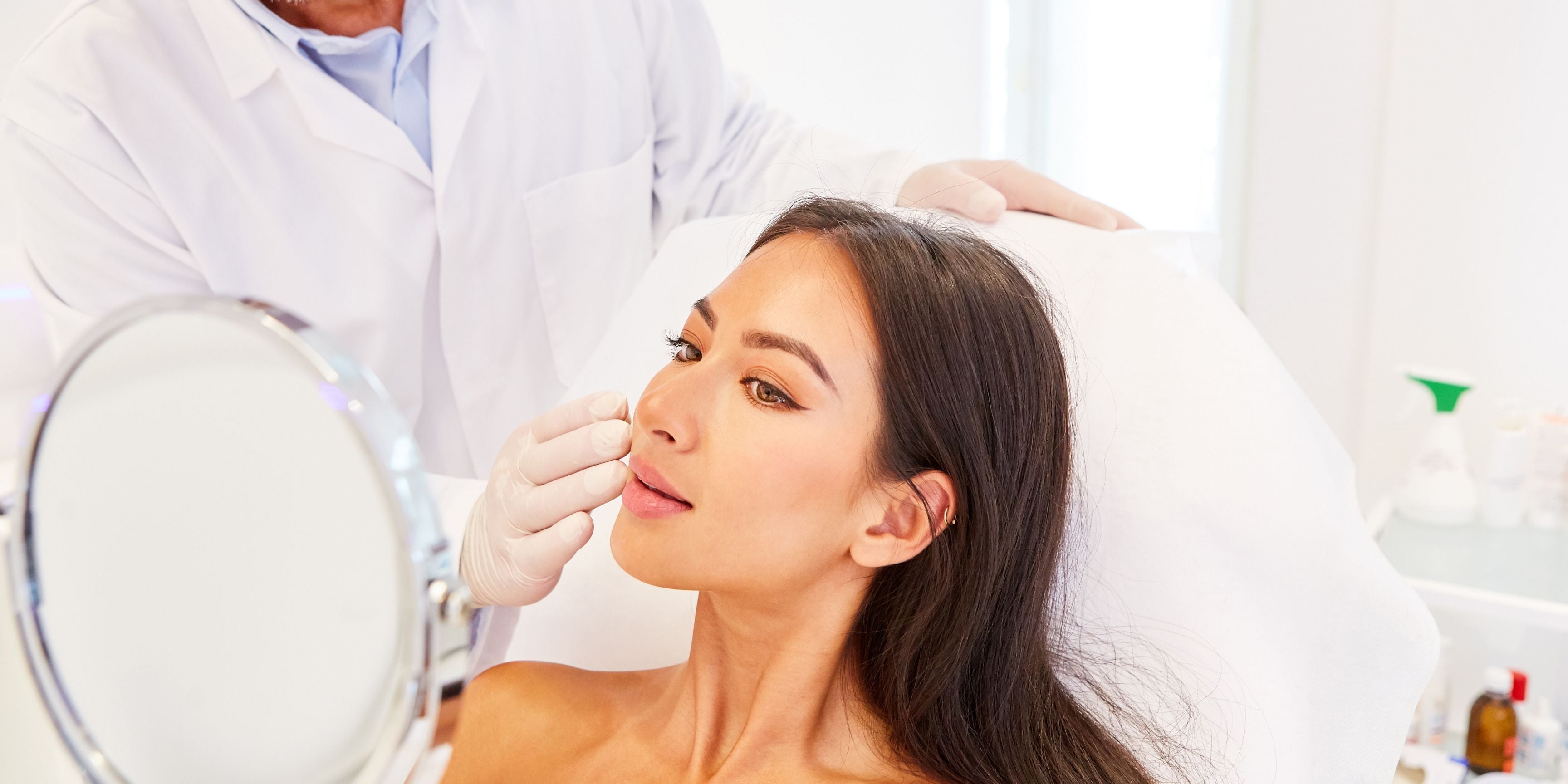Aging is inevitable, but how we care for our skin can significantly impact how it looks and feels over time. One treatment gaining momentum in dermatology and at-home skincare is LED light therapy. Backed by clinical research, this non-invasive approach has become a go-to for those seeking smoother, firmer, and more radiant skin.
In this article, we'll break down the science behind LED light therapy for anti-aging, explore how red and near-infrared light interact with the skin, and compare professional treatments with at-home devices. We'll also dive into clinical studies and offer practical tips for boosting your LED results.
What Is LED Light Therapy and How Does It Work for Skin Rejuvenation?
LED light therapy, or photobiomodulation, uses specific wavelengths of light to stimulate cellular activity. Unlike UV rays, which can damage the skin, LED light is non-thermal and safe when used properly.
How It Works
- Light penetrates the skin at different depths, depending on wavelength.
- Cells absorb light photons, which stimulate mitochondria to produce ATP (cellular energy).
- This increase in energy boosts collagen and elastin production, reduces inflammation, and accelerates tissue repair.
| Light Type | Wavelength Range | Skin Benefits |
|---|---|---|
| Red Light | 620-750 nm | Stimulates collagen, reduces fine lines |
| Near-Infrared Light | 750-950 nm | Enhances skin elasticity, reduces inflammation |
Want to understand the mechanism deeper? Check out this Cleveland Clinic guide.
Red vs. Infrared Light: Which Wavelengths Are Best for Anti-Aging?
Both red and near-infrared (NIR) light are critical in LED anti-aging treatments, but they serve slightly different functions.
Red Light Therapy
- Penetrates just below the skin surface.
- Triggers fibroblast activity, promoting collagen and elastin synthesis.
- Reduces the appearance of fine lines, wrinkles, and age spots.
Near-Infrared (NIR) Light Therapy
- Penetrates deeper into the skin and soft tissue.
- Increases blood flow and reduces inflammation.
- Enhances skin tone and texture by improving cellular repair.
According to this research study, wavelengths around 830 nm show significant benefits in collagen production and wrinkle reduction.
Clinical Evidence: Can LED Light Therapy Really Reduce Wrinkles?
Yes, and it’s more than just marketing hype. Several peer-reviewed clinical studies have confirmed the efficacy of LED light therapy for anti-aging.
Notable Research
- A 2023 study found that red LED therapy significantly reduced wrinkle depth and improved skin elasticity over 12 weeks.
- A 2014 review reported visible improvements in skin smoothness and reduced inflammation with consistent use of LED photobiomodulation.
- A 2018 double-blind study noted that infrared wavelengths promoted deeper tissue repair and increased dermal density.
Summary of Results
| Study Year | Duration | Key Outcomes |
| 2023 | 12 weeks | 20% reduction in wrinkle depth |
| 2014 | Meta-Analysis | Improved skin texture & tone |
| 2018 | 8 weeks | Increased collagen & dermal density |
At-Home LED Devices vs. Professional Treatments: What You Need to Know
The rise of FDA-cleared LED face masks means users can now treat aging skin at home. But how do these compare to professional-grade treatments?
Pros and Cons
| Criteria | At-Home Devices | Professional Treatments |
| Cost | $$$ upfront, low ongoing | $$$$ per session |
| Power Output | Lower | Higher, faster results |
| Convenience | Use anytime | Scheduled appointments |
| Effectiveness | Great for maintenance | Best for initial treatment phase |
Results Timeline
According to user reviews and dermatologists:
- At-home LED face masks may show results in 4-6 weeks, with consistent use 3-5 times per week.
- Professional treatments often produce noticeable effects after 2-3 sessions.
Boosting Your Results: Combining LED Light Therapy With Skin Care Products
To enhance the effects of LED skin rejuvenation, combine treatments with supportive skincare products.
Best Skincare Ingredients to Use Post-Treatment
- Peptides – Boost collagen production.
- Hyaluronic Acid – Hydrates and plumps the skin.
- Vitamin C – Fights free radicals, brightens complexion.
- Retinol – Use cautiously; avoid before LED if skin is sensitive.
LED Therapy Best Practices
- Cleanse your skin before each session.
- Use eye protection, especially with higher-intensity red or NIR devices.
- Avoid LED use on inflamed or compromised skin unless medically approved.
Is LED Light Therapy Safe for Everyone?
For most people, LED light therapy is extremely safe, but there are a few considerations:
Who Should Avoid It?
- Individuals with photosensitivity disorders.
- People taking medications like tetracyclines or Accutane.
- Those with active skin infections.
Always check for FDA-cleared LED devices for wrinkles and follow manufacturer guidelines.
Safety Tips
- Stick to the recommended duration—typically 10-20 minutes per session.
- Don’t overuse; more isn't always better.
- Choose reputable brands and consult a dermatologist before starting.
Final Thoughts: Should You Try LED Light Therapy for Anti-Aging?
If you're looking for a non-invasive, clinically supported, and scientifically sound method to reduce wrinkles, boost collagen, and rejuvenate your skin, LED light therapy is worth exploring. With the right device and consistent use, you can achieve visible improvements in skin tone, elasticity, and firmness.
Whether you're investing in an at-home LED face mask or scheduling professional sessions, the key to success lies in consistency, proper technique, and pairing with complementary skincare products.


